Most people have probably never heard of Creede, Colorado, unless they are theatre buffs or mining fanatics. In other words, most people who’ve heard of the little town of Creede in western Colorado know about it because of the Creede Repertory Theatre (described by USA Today as “One of the 10 best theatres to see the lights way off Broadway”) or because of the Underground Mining Museum. I have to admit that I’d never heard of either, and the reason I went to Creede wasn’t to visit either. Instead, I went there to see the Bachelor Historic Tour, a driving tour of Creede’s mining past, complete with old mining buildings, an old mine you can look into, a building full of core samples, and the grave of the slayer of Jesse James.
To get to Creede from the town of Gunnison, take Hwy 50 west to Hwy 149. Turn south (left) and take Hwy 149 through Lake City and down to Creede. I make it sound like a short distance, but in reality, this drive is several hours long. However, the scenery along the way is very nice, and you can take a break at North Clear Creek Falls (which, by the way, is spectacular) if you feel like it. The Bachelor Historic Tour begins at the north side of the town; however, you will probably enjoy the route more if you stop at the visitors bureau on the south/east side of town (along Hwy 149) before you start the loop. We got to the bureau “too early” and it wasn’t open yet, so we ended up buying our brochure ($1.10) (7/10) after we did the loop. The brochure is very interesting and informative, with quite a bit of information about the town of Creede and the mining that went on in the area. From the visitor’s bureau take 149 into the town (right out of the parking lot) and just keep going straight, even when the highway turns right. You will pass both the Underground Mining Museum and the Underground Fire House on you way to the first stop on the tour.
The road is graded gravel, so it is accessible for cars as well as high-clearance vehicles. There are some fairly steep hills, so motorists should use caution and lower gears when going down the hills. The stops I’ve written about here are the ones in the brochure, but the brochure gives much more detail about each stop as well as fascinating history of the area and rare photographs of early town life. One of the best times to visit is in the early morning after a rainy night—mist fills the valley and makes for some really awesome and weird pictures.
The first stop (1.4 miles along the road—I’m not quite sure where the mileage starts from, but I think it’s the visitor’s bureau) is a signboard across a bridge on the right side of the road. Although you will have to re-cross the bridge to get back on the tour loop, the sign is worth looking at, and has some interesting information as well as a map of the loop. After you’ve read the sign, go back across the bridge, and turn right to continue the driving tour.
Stop #2 is at the Commodore Mine, 1.5 miles up the road. This is probably one of the most interesting stops along the road. Here you can see many old mine buildings, including the Commodore Ore House and Chutes. There is also an interpretive sign and many photo opportunities—this is probably the favorite shot on the entire tour, and the one that is used in many of the promotions. There is a small pull-off next to the first mining building, but you get out to take some pictures, walk up the road a little ways to see some of the other mining buildings. You can also see the buildings of the Last Chance Mine hanging off of the hillside far above you.
Black Pitch (2.2 miles) is stop #3. This hill is quite steep, and you can see where early miners built Burro Bridge for people and animals to get through the canyon. Today, there is a road, but at the time, there wasn’t even a place to put the road because of the steep canyon walls, so the bridge was constructed to get supplies and ore though this part of the canyon.
The forth stop on the Historic Tour is the Weaver Town site, 2.9 miles up the road. Nothing much remains at this site, although several hundred people once lived there. Not much further up the road is stop #5 (also 2.9 miles) where you can see the remains of the Amethyst & Last Chance Mines, two of the richest mines in Creede. I’ll talk more about the Last Chance Mine in a minute, but there is another pull-off at one of these two stops that you can park your vehicle and get out to take pictures. A stream runs by the remains of the old mining equipment. I’m sorry that I don’t know which stop it was, but, as I said, we didn’t have the brochure with us when we did the loop, so we really didn’t know where we were half the time.
The road continues to climb upward, and eventually gets to the Upper Junction of East Willow Creek Road #502 (stop #6, at mile 3.4). In actuality, if you’d taken the road across the bridge next to stop #1, this is where you would have come out. Unfortunately, it is not suitable for passenger cars, but hikers can take the trail that heads in the opposite direction of the road at this stop for solitude and beautiful vistas, as well as views of mining equipment. The trail follows an old ore trail for packers to carry the ore down to the top of the rail line.
At stop #7 (3.7 miles), visitors can see the Midwest Mine. This mine was never profitable, and no ore was ever shipped out of it. However, many, many core samples were taken, and these are still housed in two of the buildings on the site. (Some are outside, so if you’re wondering what all those white cylinders on the ground are, they’re core samples.) You can also walk over to the entrance to the mine. An interpretive sign explains about the mine, and about the area’s recent reconstruction.
At this point, the road takes a sharp turn to the left, and switchbacks its way up the mountain side. Tour stop #8 (5.2 miles) is the Nelson Mountain Road. This is another 4×4 jeep road.
If you decide to skip the Nelson Mountain Road, turn left, and continue the tour. Stop #9 (5.6 miles) is Allen’s Crossing. For now, go straight (north), and the road will take you past Beaver Ponds/West Willow Creek (7.0 miles), West Willow/Rat Creek 4×4 Road (7.8 miles), and up to the Equity Mine (stop #10, 7.9 miles along the tour). We didn’t find this to be at all interesting, but the choice is up to you, and the scenery is quite nice. From the Equity Mine, turn around and backtrack to the Allen’s Crossing junction. Turn right back onto the main road.
The next stop on the tour is #11 (11.3 miles), the Park Regent Mine, which once was a magnificent producer of silver. At 12.2 miles there is the La Garita Photo & Observation Area, which is somewhat grown in. I’ll have to admit that from this point on the tour wasn’t half as exciting as the beginning of the road.
However, in this area is a very interesting site. The Last Chance Mine is privately owned by Jack Morris, but on summer weekends he opens up his property to the public, and gives them tours of his restored cabins, the small museum full of period objects, from a washing machine and a school desk to a can sealer, old certificates, and a baby bottle, and takes them rock hounding above the mine.. It is located on a short side road to the left of the main road. Signs point the way to the museum.
We actually went to the Lost Chance Mine because we were lost, and didn’t know which way was the Historic Tour. A mining museum sounded about right, so we took the left fork. We weren’t sorry. Jack himself came over and told us the history of the mine and how he acquired it. Interestingly, although it and the New York Mine (which was just slightly higher up on the hillside) were big producers, there is not one proven death from miners working in the mines. Even when the New York Mine collapsed on itself, leaving no trace, all of the miners were at home in bed, not in the mine itself.
Then, Jack’s friend showed us the larger of the two cabins. Someone was staying in the smaller cabin, so we didn’t look in there, but there are pictures on the Last Chance Mine’s website (www.lastchancemine.com—It’s pretty out of date). Jack’s policy is that people pay what they can afford for the cabins, and what the people who stay there think the stay was worth—he and his wife have been given everything from $10 to $180. Sometimes, he will also make a bargain where the lodgers will do work around the mining area. Anyhow, we got a tour of the larger cabin, decorated with antiques and made out to look like a real miner’s cabin, complete with historic quilts and a hand-pump for water (although there are also some things of the 21st century—for example, the dish soap by the sink).
Then she took us down and showed us the museum. Most of the objects were picked up at garage sales and flee markets, but there is some really interesting stuff here. We spent at least 45 minutes just looking around a room that couldn’t have been more than 12×12 ft. square. There are bottles, cans, antiques, a surveillance camera (oops, that’s not an antique!), an old washing machine, mining equipment, kitchen implements, including a woodstove-top toaster, an old reader, a can sealing machine, certificates that were found in the bottom of an old trunk, a whole collection of stove legs, china, candle holders, lanterns, etc, etc, etc. I’m sure I didn’t look carefully at everything, because just when I thought I’d seen everything there was to see, something else would catch my eye. After we’d looked at it for a while, Jack’s friend came in again and answered all our questions. She was very professional, while still answering that she didn’t know if she couldn’t answer one of our questions.
Outside were tables full of rocks for sale, some of which had come from the mine and the surrounding area, and others of which had come from other countries. All of them were fascinating, and we bought several presents for family members. Actually, you can go rock hounding yourself. There is a small fee for each pound of rocks you haul out, but it’s very reasonable.
Jack was hoping to open up the mine to visitors this summer (2010), but a cave-in has pushed this project off. Someday, he’d like to be able to give people tours through all 13 or so layers of the Lost Chance Mine, but as there are no ladders, etc, left, that will probably take a while. I’d love to go back after that happens!
The tour itself continues back on the main road (turn left out of the side road) to the Bachelor Townsite (12.5 miles; stop #12). Not much remains, but a sign commemorates the town, and one or two fallen-down buildings can be seen. A sign tells about the townsite.
The Rat Creek 4×4 Road Junction at mile 13.2 is stop #13. There are some wonderful views along this road, so I’m told, but it is a jeep road, so it is quite rough in places.
Stop #14 is the Bulldog Mine/Creede Scenic Overlook (13.7 miles). Two tenths of a mile further down the road is the Creede & Rio Grande Valley Pull-Out with good views of the town and surrounding area. The brochure tells about the geology of the area. At 14 miles is the McKenzie Mountain 4×4 road. As a warning, we missed several of the stops in this area, as they aren’t very well marked. Then again, maybe we just took the wrong road 🙂
At any rate, we re-found the tour at stop #15, the Creede Cemetery (16.1 miles). Here you can see the graves of many of the town’s early occupants, and only a tenth of a mile further up the road is the grave of Bob Ford (stop #16), the slayer of Jesse James. From here the tour goes back down to the town (go back to the road that you turned off of to get to the cemetery). Turn left onto Hwy 149, and take it back to the visitor’s bureau, where you started. In all, the Bachelor Historic Tour is 17 miles long, and took us an entire morning. You could probably do it either faster or slower depending on how much time you spent at each site, and how fast you can take the road.
Road 




Signs 




Scenery 




Overall Rating: 




This Week’s Featured Product!
If you’re looking for great views, check out this book to hikes in Colorado! The book has over 30 hikes throughout the state.

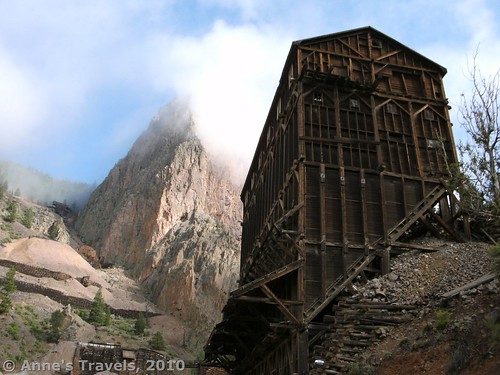
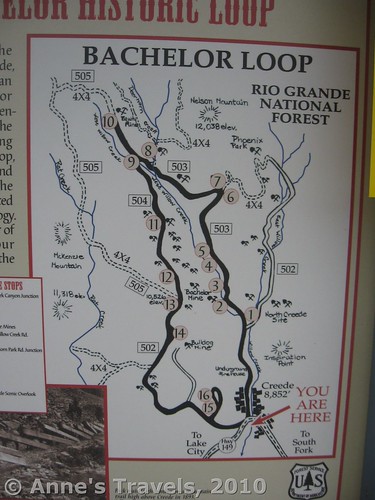

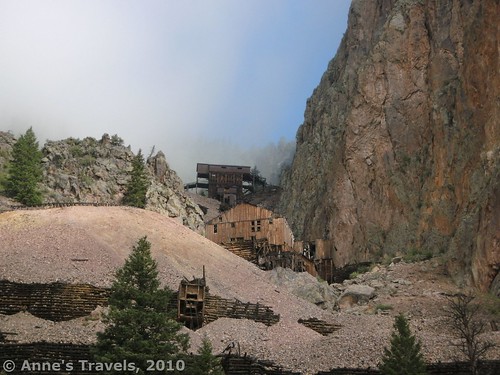
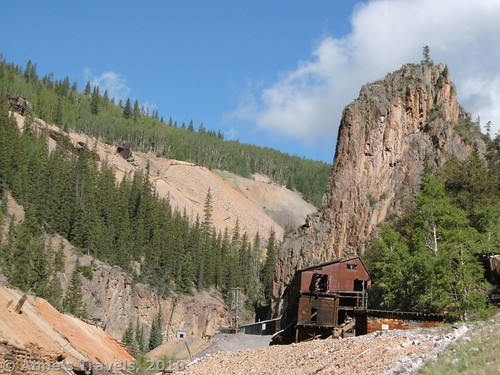
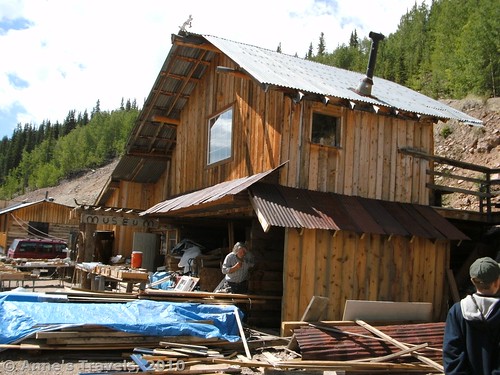
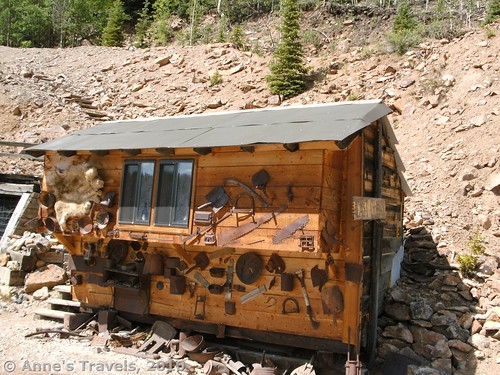
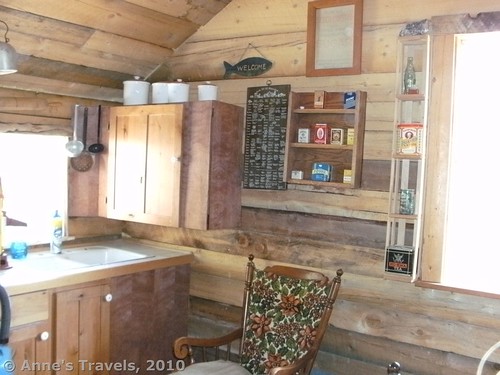

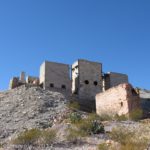
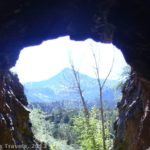
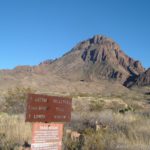
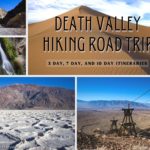
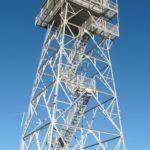

Pingback: Junebug Day 8: Silver Thread Scenic Byway « MEADOR.ORG
you’re truly a just right webmaster. The web site loading velocity is incredible. In addition, the contents are masterwork. you have performed a wonderful job on this topic!
Thanks , I have just been looking for information on this topic for ages and yours is the best I’ve came upon so far.
great submit, very informative. You should continue your writing. I am confident, you have a huge readers’ base already!
I do agree with all the ideas you’ve introduced for your post. They are very convincing and can certainly work. Thank you for the post.
Pingback: 10 of the Best Free Historical Sites in America - Anne's Travels